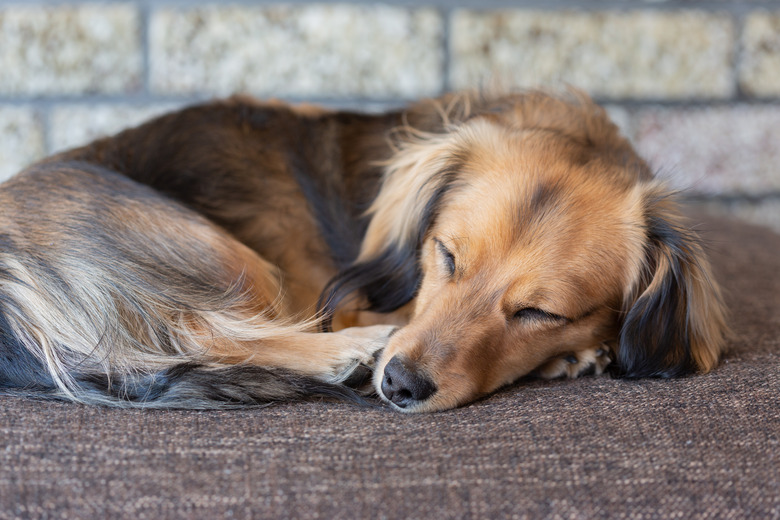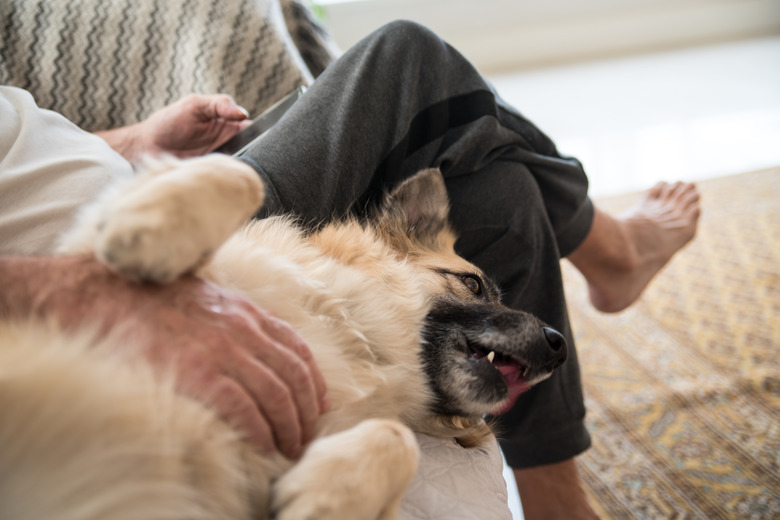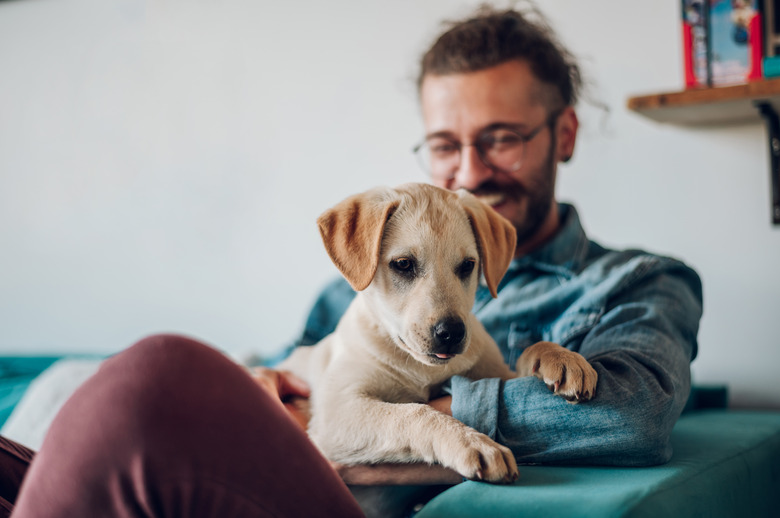How To Care For A Dog After Spaying
When you have a dog, you do the very best you can to give them the care they need. Your dog is a member of the family, after all. If your female dog is scheduled to be spayed, you'll need to give her some specialized aftercare until she is fully healed. Expertly caring for a dog after spaying can help reduce the chance of complications, allowing your dog to heal in the comfort of your home.
What happens during a spay surgery?
What happens during a spay surgery?
During a dog spay surgery, your veterinarian will remove your dog's ovaries and usually her uterus too. Spaying will eliminate a female dog's heat cycle, and her breeding-related instincts will also come to an end.
Spaying your dog is also called an ovariohysterectomy if both the uterus and ovaries are removed. If just the ovaries are removed, then the procedure is called an ovariectomy. Both of the surgeries are safe and effective.
Caring for a dog after spaying
Caring for a dog after spaying
Your dog will be discharged from the veterinary clinic when your veterinarian feels that she's recovered enough to go home. Some practices might keep dogs in the clinic the first night for observation after a spay, while some dogs might be ready to go home later in the afternoon on the same day of the surgery. Spay surgery involves anesthesia that can make your dog drowsy for a while, which is why animal hospitals keep pets until they have fully overcome the effects of anesthesia.
When you do pick up your dog after spay surgery, the veterinarian will give you some specific instructions for her care. Your veterinarian should tell you about the types of sutures used and will set up any necessary appointments for their removal. This is the time to ask any questions you might have.
Make sure that you have the phone number for the veterinarian's emergency contact line and your nearest emergency hospital just in case. While you're with the veterinarian, take a look at the incision so you're familiar with its appearance and can monitor it for changes.
Pain medication
Pain management after surgery is important. Your dog will receive an injection of pain medications before the procedure, and you will be sent home with additional medications you'll need to give your dog daily to control the after-surgery discomfort and help the healing process.
It is important to follow the dosage information for the pain-relief medication and never give more medication than directed. If your dog seems to be in pain (pacing, crying, unable to rest for settle comfortably), call your veterinarian. If you have questions about post-operative care or if your dog doesn't tolerate the medication and vomits or has diarrhea, contact your veterinarian immediately.
Activity levels
One of the most important aspects of spay recovery is to restrict your dog's activity. Your dog might be feeling better, but she doesn't know that she's had major surgery and could tear out her stitches or injure herself if she becomes too active.
Immediately after surgery, activity should be restricted for seven to 14 days. This includes no running, jumping, or playing. Take your dog on very short leashed walks to allow her to relieve herself during the recovery period.
Protecting your dog's surgical incision
It's also important to prevent your dog from licking her surgery site. Your veterinarian might send your dog home with an Elizabethan collar, also called an e-collar, to keep her from reaching the incision. Many dogs don't enjoy e-collars, so you might want to consider alternatives.
For instance, a T-shirt for a dog post-surgery is a popular option since it's soft and comfortable yet can be wrapped around your pet's body. However, an e-collar is usually the best option because some dogs can still reach the incision site while wearing the T-shirt.
If you do use a T-shirt, place a short-sleeve T-shirt on your dog backward so her tail goes through the neck hole, and her hind legs go through the sleeves. You can knot this shirt around her abdomen, preventing her from licking the incision. You will need to remove the shirt when you take your dog outside to relieve herself.
What to watch for after the dog’s surgery
What to watch for after the dog's surgery
You should check your dog's incision every day. A little seepage is normal, but you should contact your veterinarian if the incision gets red and swollen. Watch for increased swelling, redness, warmth, or foul-smelling discharge. If you notice any of these issues or other signs of infection, contact your veterinarian immediately.
During the first 24 hours after surgery, it's normal for bruising to increase around the incision and for the dog to experience decreased energy or appetite. However, these issues should not last longer than the first day. If bruising around the surgical site, low energy, or appetite loss continues for a couple of days, veterinary attention is needed.
After dog spay surgery, watch for any of the following issues that require veterinary attention:
- Lethargy
- Unwillingness to move
- Unwillingness to eat or drink
- Signs of pain, including restlessness and vocalizations
- Isolation or not wanting to move
Why you should spay and neuter your pet?
Why you should spay and neuter your pet?
Spay/neuter surgery for dogs and cats does more than just reduce the number of unwanted cats and dogs. Spaying for female dogs reduces the risk of certain tumors and cancers later in life, especially if the surgery is done before she reaches her first heat cycle. Neutering for male dogs also decreases risks of problems with their prostate and testicles later in life. A neutered male dog is less likely to roam and be territorial with other males.Spaying and neutering boxes sexes reduces spraying and marking. It's always recommended that you provide spay/neuter surgery for the dogs and cats in your life, and keep them up to date with both their vaccinations and check-ups, too.
The bottom line
The bottom line
Caring for your dog after spaying doesn't need to be complicated, but you will need to be attentive. Dog spay aftercare involves using an Elizabethan collar to keep your dog from irritating the incision site; monitoring the area for changes, such as excessive swelling and discharge; and carefully administering post-surgery pain management medications provided by your veterinarian.


